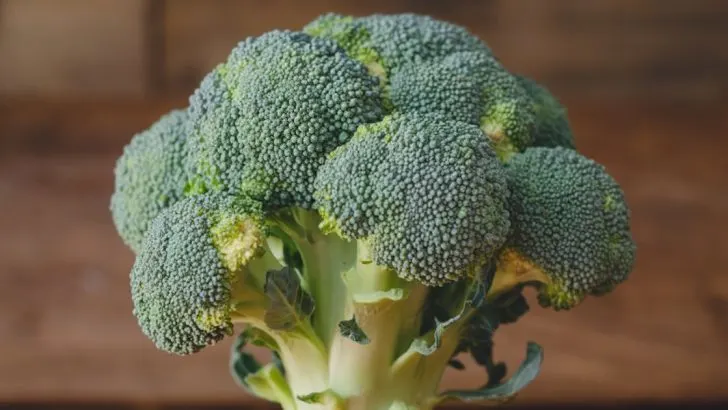Broccoli may be a grocery store staple, but here’s a fun fact—it doesn’t exist in the wild! This popular vegetable is entirely man-made, carefully bred over centuries from its wild ancestors.
And it’s not the only plant with an incredible story to tell. Plants are full of surprises, from their origins to their unique abilities that often seem more like science fiction than reality.
Ever wondered how certain plants evolved or what makes them so unique? From broccoli’s artificial beginnings to mind-bending plant behaviors, these fascinating truths reveal just how extraordinary the plant world really is. Whether you’re a gardening enthusiast or simply curious about nature, these plant facts will leave you with a new appreciation for the greenery around you.
Broccoli: A Man-Made Marvel
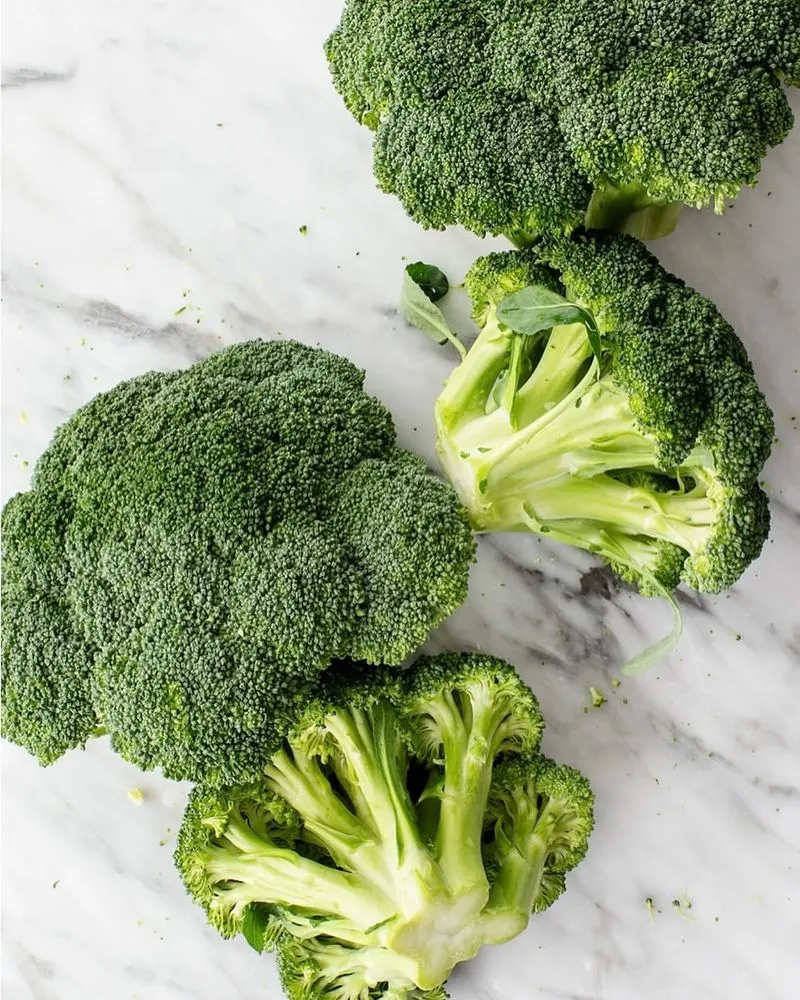
Broccoli, beloved by many for its nutritional value, is a captivating example of human agricultural ingenuity. Unlike many plants found in nature, broccoli cannot grow in the wild.
It was developed through selective breeding by Italian farmers over 2,000 years ago from the wild cabbage plant.
This process involved choosing plants with certain desired traits and cross-pollinating them, leading to the vegetable we know today.
Broccoli’s rich green color and unique texture make it a staple in many dishes. Its history reflects mankind’s ability to shape and enhance natural species for culinary and health benefits.
Banana: The Sterile Fruit
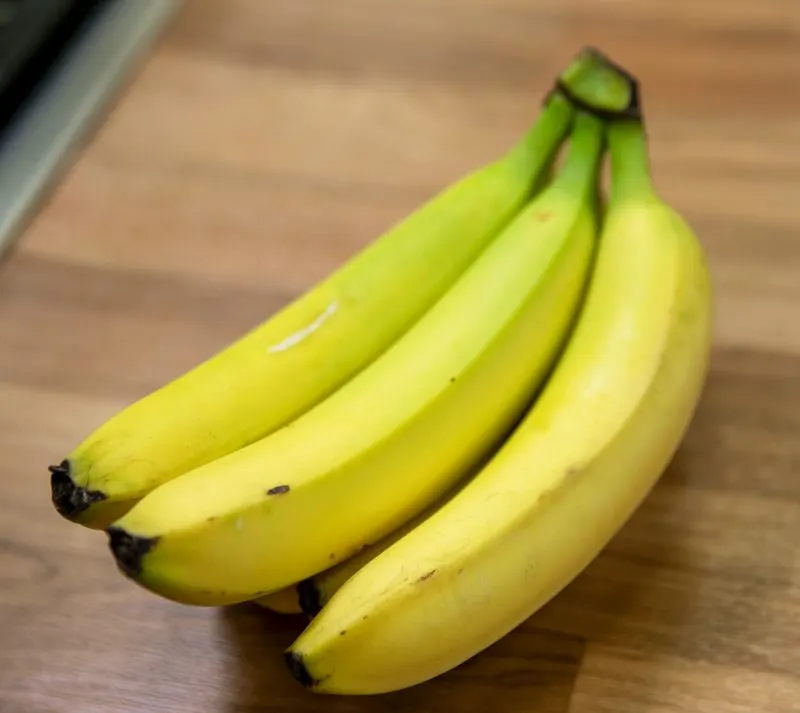
Bananas, one of the most popular fruits globally, are technically sterile and cannot reproduce through seeds. Modern bananas are the result of selective breeding, focusing on seedless varieties. In the wild, bananas have hard seeds, making them less palatable.
The cultivated bananas we enjoy today are propagated through cloning from cuttings. This sterility presents challenges, as it makes bananas susceptible to diseases.
Researchers continually work on developing disease-resistant strains to ensure bananas remain part of our diets. Their sweetness and convenience make bananas a favorite, despite their reproductive limitations.
The Sensitive Mimosa Plant
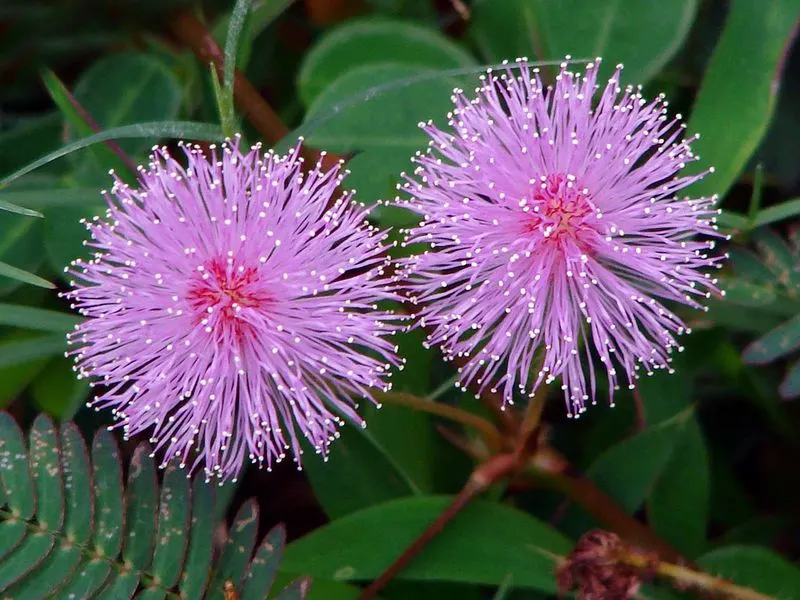
Mimosa pudica, also known as the sensitive plant, is famous for its rapid leaf movements in response to touch. This fascinating behavior, known as thigmonasty, occurs when the plant experiences physical stimuli, such as a touch or a breeze.
The leaves fold inward and droop as part of a defense mechanism. This action is thought to deter herbivores and protect the plant from harm. The sensitive plant’s ability to move so quickly is due to changes in cell turgor pressure within the leaflets. It’s a striking example of plant responsiveness and adaptation in nature.
Venus Flytrap: Carnivorous Curiosity
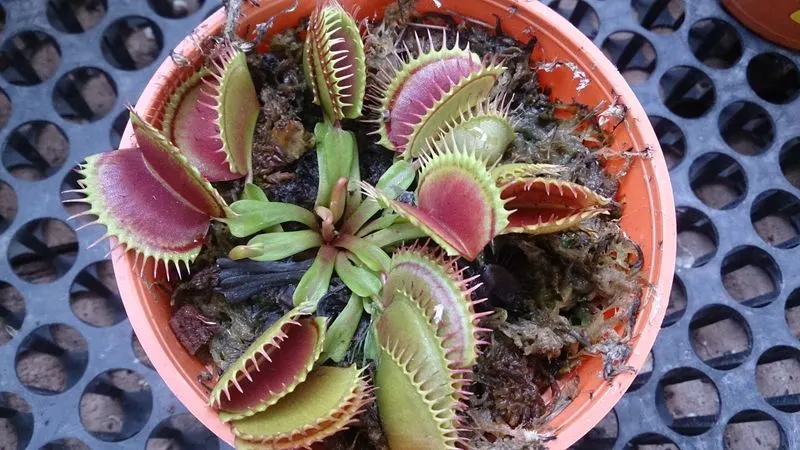
The Venus flytrap is a fascinating carnivorous plant that captures and digests insects. Native to subtropical wetlands, it relies on a clever trapping mechanism. Each leaf has tiny hairs that, when touched twice, trigger the trap to close, ensnaring the prey.
The plant secretes digestive enzymes to break down the insect, absorbing essential nutrients. This adaptation is crucial for survival in nutrient-poor soils. The Venus flytrap’s ability to move and capture food is unique in the plant world. It’s a testament to the diverse strategies plants use to thrive in challenging environments.
Corpse Flower: Nature’s Stinky Wonder
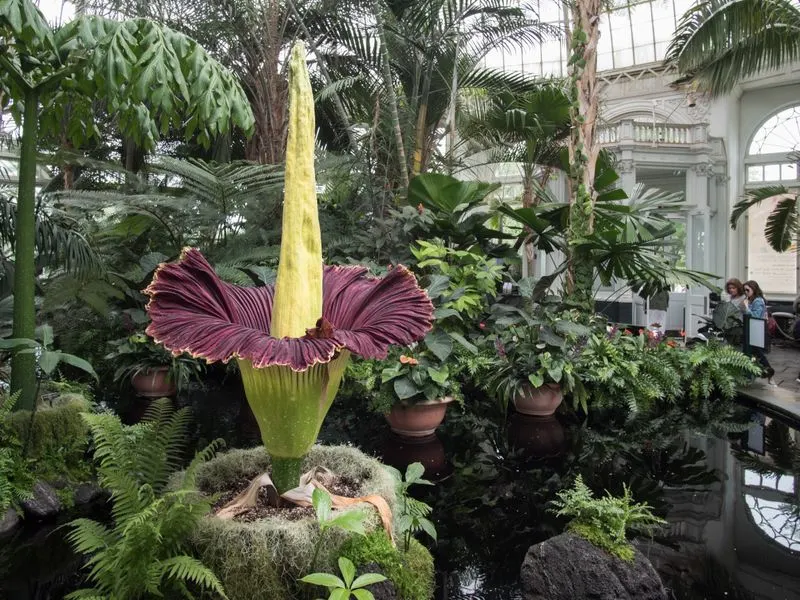
The corpse flower, or Amorphophallus titanum, is renowned for its massive size and foul smell. Found in the rainforests of Sumatra, it blooms infrequently, making its appearance a rare event. The flower emits a stench akin to rotting flesh to attract pollinators like carrion beetles and flies.
Its towering inflorescence can reach up to 10 feet tall, drawing fascinated botanists and visitors. The corpse flower’s ability to mimic the smell of decay highlights the unique evolutionary tactics plants use to ensure pollination. Despite its odor, it remains a botanical marvel and a crowd-puller.
Rafflesia: The Parasitic Giant
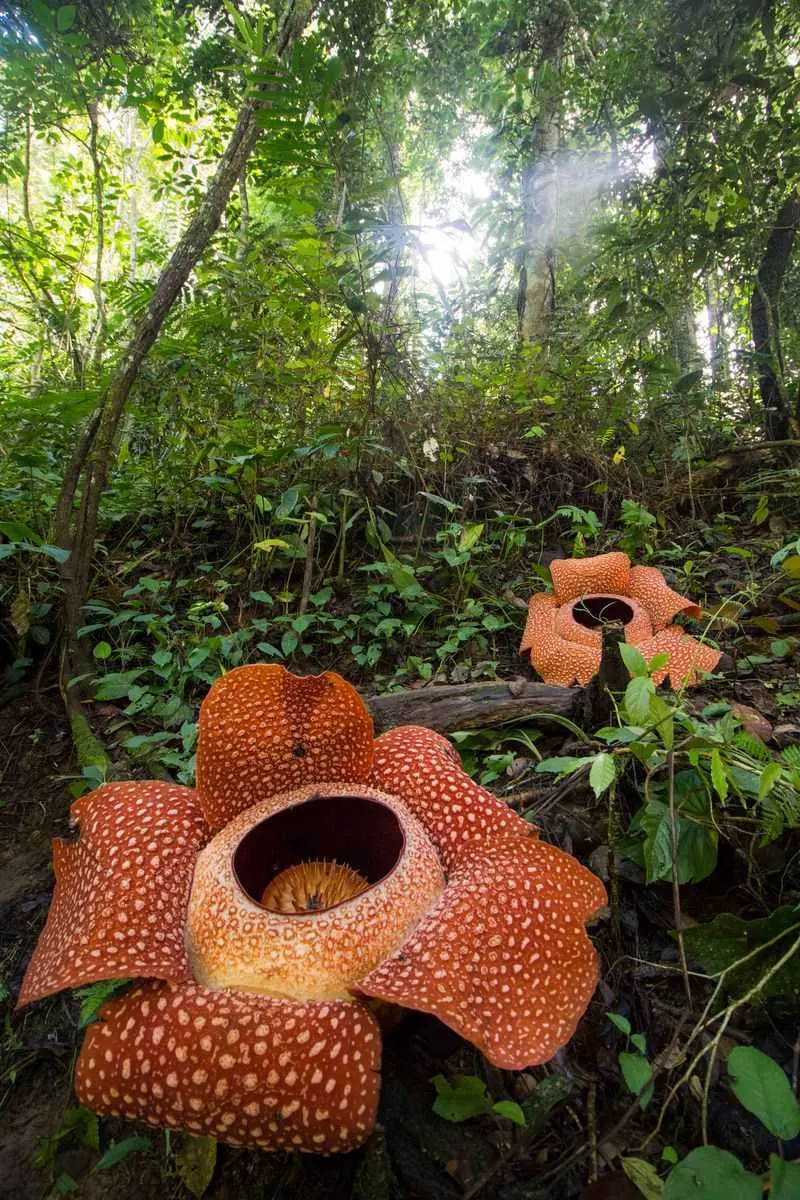
Rafflesia is a remarkable parasitic plant known for producing the largest single flower on Earth. It lacks stems, leaves, and roots, relying entirely on its host, usually a vine, for nutrients. Found mainly in Southeast Asia, Rafflesia flowers can grow over three feet in diameter.
They emit a strong odor of decaying meat to attract pollinators, similar to the corpse flower. This survival strategy ensures pollination in dense forests. Rafflesia’s unique lifestyle and massive blooms make it a subject of scientific curiosity and an example of the diverse adaptations in the plant kingdom.
Baobab Trees: The Water Reservoirs
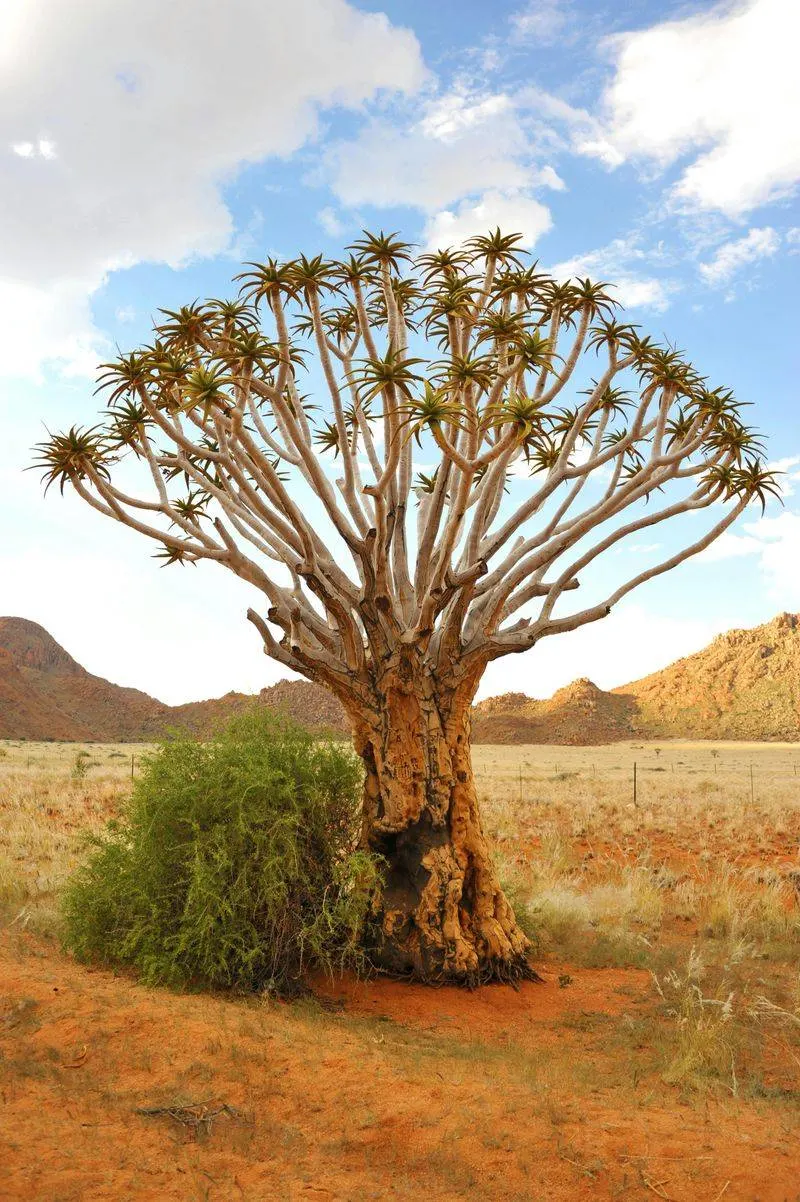
Baobab trees, often referred to as the “tree of life,” are native to the arid regions of Africa. Their enormous trunks can store thousands of liters of water, enabling them to survive prolonged droughts. This water storage capacity supports not only the tree’s survival but also provides a resource for animals and humans.
Baobabs also produce nutrient-rich fruits and fragrant flowers, serving as food and shelter for wildlife. Their longevity and resilience make baobabs symbols of life and adaptability in harsh environments. They are truly ecological treasures in the landscape of Africa.
Sundew: A Sticky Situation
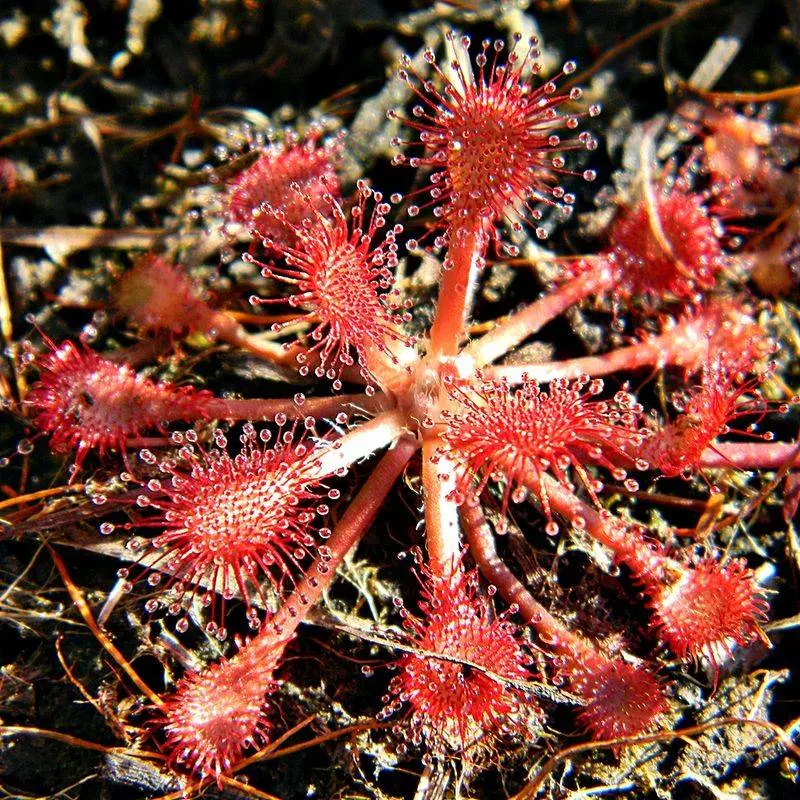
Sundews are carnivorous plants that capture prey with sticky glandular hairs. Found in nutrient-poor environments, they supplement their diet by digesting insects. The sundew’s sticky tentacles cover its leaves, secreting a sugary nectar to lure victims.
Once an insect becomes ensnared, the plant’s tentacles slowly curl inward, enveloping the prey. Digestive enzymes break down the insect, allowing the sundew to absorb nutrients.
This intricate method of nutrient acquisition showcases the adaptability of plants to thrive in challenging conditions. Sundews are captivating examples of nature’s inventive solutions to ecological challenges.
Bamboo: The Fastest Growing Plant
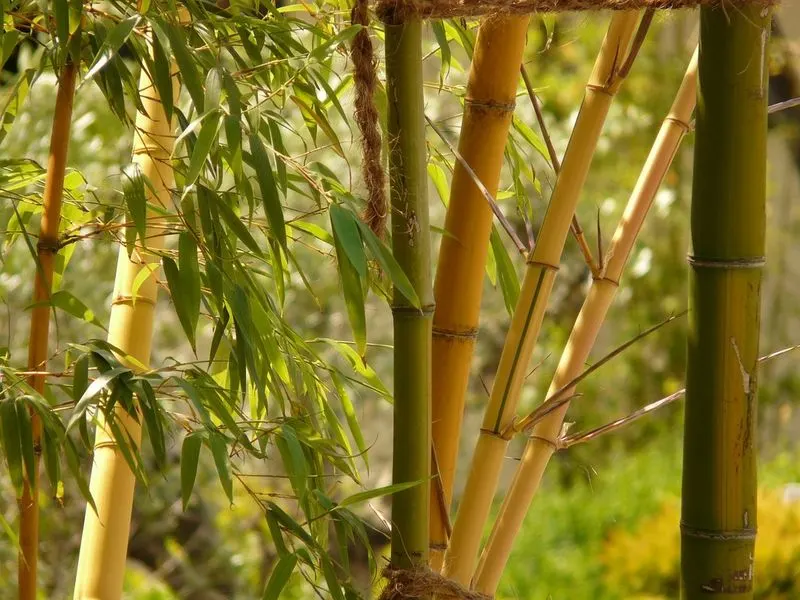
Bamboo holds the record for the fastest growing plant, capable of growing over three feet in a single day under optimal conditions. This remarkable growth rate is due to its segmented stem structure and efficient nutrient use.
Bamboo’s rapid growth makes it a highly renewable resource, widely used in construction, furniture, and even clothing. Its strength and flexibility are unmatched, making it ideal for various applications.
Bamboo’s sustainable nature and versatility highlight its importance in eco-friendly solutions. Its ability to regenerate quickly illustrates the potential of plants in addressing environmental challenges.

